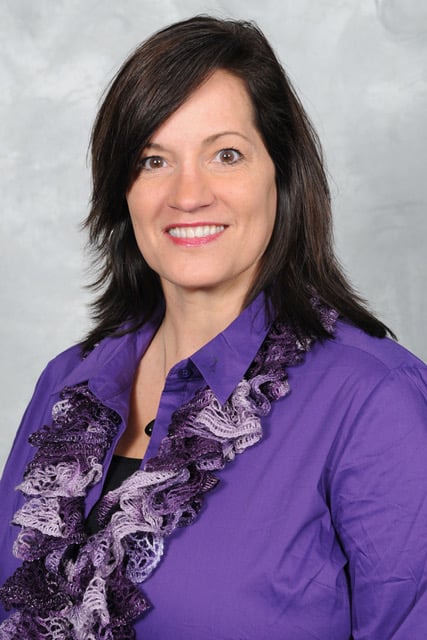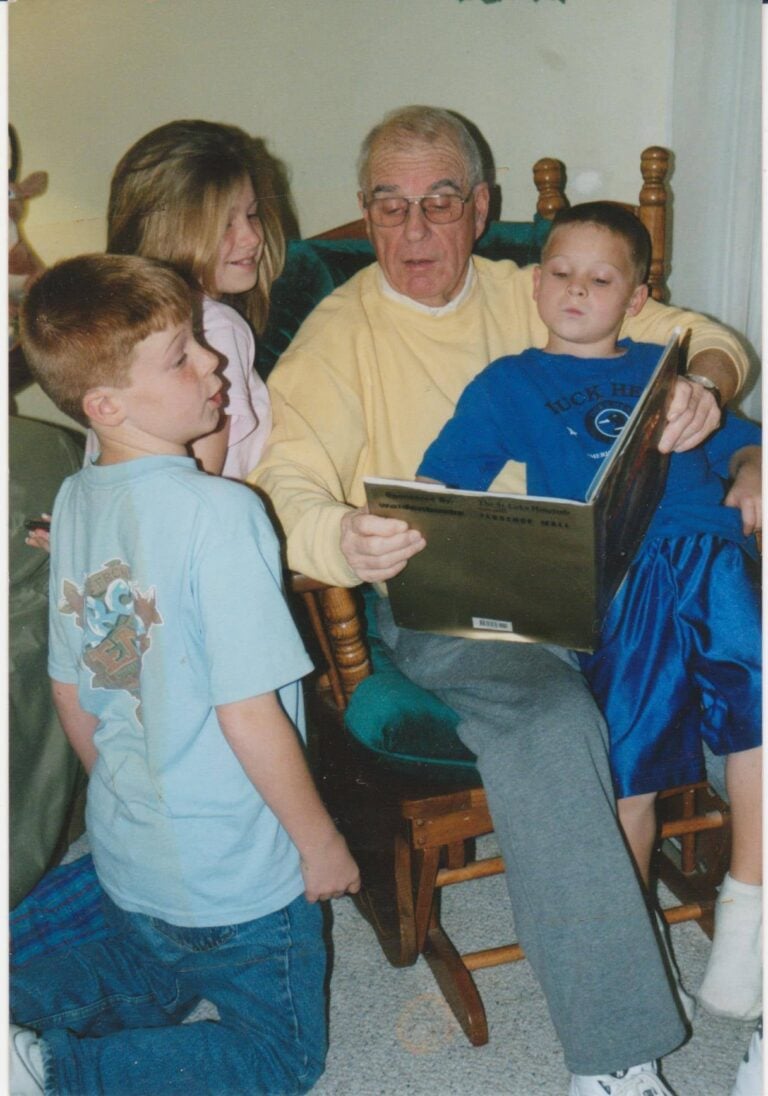By Patricia A. Scheyer
NKyTribune reporter
New cancer cases in America have passed a major milestone — 2 million new cases are projected to be diagnosed in 2024.
That could be bad news, or it could be looked at a different way, as Dr. Douglas Flora, Executive Medical Director of Oncology at St Elizabeth Hospital, does.
“That’s a good and bad thing, we don’t love having two million cancer patients,” Dr Flora said, “but they’re being found at an earlier stage, with the best survival we’ve seen in the history of the human race. That’s encouraging at least. We’re seeing a paradigm shift in the way cancer is approached from a screening and prevention standpoint, and we’re also seeing more effective surgeries, better tailored radiation therapy, and a huge increase in the efficacy of the drugs that we use to fight cancer.”

Flora talked during an information session at the Cancer Center at St Elizabeth Hospital in Edgewood in honor of World Cancer Day on February 4.
A paper released two weeks ago touted the trends recently seen in cancer, including age groups and demographics, put together by a team of cancer doctors. The numbers are not good.
Cancer is the second most common cause of death in the United States, topped only by heart disease.
Approximately 611,720 death from cancer are expected to happen in the United States in 2024. That equals out to about 1,680 deaths per day, not a pleasant thought.
One of the good things that have come out of the research is the knowledge that the best measure of progress against cancer is less dying from the disease — and that is happening.
Doctors found out that overall age-adjusted deaths from cancer rose during most of the last Century due to the number of people who were smoking excessively. But that has dropped 33 percent from the peak it hit in 1991 because of the advances in treatment, early detection, and a groundswell of programs designed to discourage smoking. Over four million fewer cancer deaths resulted from this cocktail of remedies.
“While we are still struggling in some of the cancer areas like pancreatic and ovarian, I’d say for the most common tumors, the incidence is generally going down in older adults, including lung cancer, because of lifestyle changes,” Dr Flora said. “We’re suffering a little bit from the decisions that the baby boomer generation made before we knew better, but there are now more former smokers getting lung cancer than current smokers.”
hat is due, he said, to the DNA changes and holdover risks generated by former smokers. Even though the best thing is to stop smoking, former smokers do hold onto some long term consequences from smoking in the first place.

He said right now, the best place to be to have lung cancer is Puerto Rico, because only 9 percent of the population smoke. It also shows the best outcome for cervical cancer and oral pharyngal mouth cancers caused by the HPV virus because their governmental health services mandate HPV vaccines for their kids. He said they are much better at vaccinating their children than people in the United States, and that targets the at-risk population before the DNA can be damaged by the virus.
While on the topic of vaccinations, Dr. Flora said that they will soon have a vaccination against breast cancer, and they will target 40-year-old women, although others can get the vaccine. The vaccine is in phase three clinical trials at the moment, but Flora said they are coming and will work, because they have seen the effectiveness of immunotherapy over the last 8 years.
“Now it is more common for me to give an immunotherapy drug than to give chemotherapy drug as a cancer doctor,” Flora said. “Any tool that will increase the body’s latent natural immunity against cancer, to make its own T-cells identify and fight cancers the better. That’s how vaccines work. Vaccines turn on your T-cells to recognize foreign invaders in your body and when that happens, your T-cells will recognize the subclinical number of cancer cells, attack them, and consume them just like it does a virus.”
Flora explained that there are several vaccines in phase three clinical trials, and when they become available, doctors will research the type of population to target the vaccine, although it will be available for everyone.
He also said that genetic testing is done at the Cancer Center and not just the rich and famous are eligible to get the testing done, especially if a person has a family history of cancers.
“We’ve done tens of thousands of those tests, and many are covered by insurance,” he said. “We aren’t just testing for the BRCA gene, but a giant panel of 300 different cancer genes. Also genes that look for things like aortic aneurysms, exceptionally dangerous high blood pressure, or risks for having aortic dissections. We have a Cancer Prevention Clinic right here, and you can make an appointment to sit down with one of our specialists, and have a conversation about what would be the best test for you to have.”
Dr. Flora addressed the trend of younger and younger people being diagnosed with colon cancer, and he said it is not surprising because this is the first generation that was brought up on Happy Meals, and fast food. Many people believe they can get by with fast food diets, and a lack of fiber because they are young. The number of obese people in the United States is almost 70 percent. Obesity is driving 13 different cancers right now, he said. Diets changed in the 1950’s and charred meat and nitrates and less fiber are factors that are fueling colon cancer.
“That is my major concern right now,” Flora stated. “In this 2024 facts and figures, probably the most stark data that I read is that we are seeing an alarming rise in colon cancer in patients under the age of 50. We’re seeing a drop in colon cancer in older ages, and despite the fact that we have fewer 45 year olds than we did five years ago, we’re finding a higher proportion of those patients having colon cancer. And it is terrifying in the clinic, and you meet these young scared patients and they have stage four colon cancer, and it is heartbreaking. Colon cancer is now the number one killer in men under 50.”
Dr. Flora said that he is most excited about the increase in survival rates.
“I would say despite the fact that we are over 2 million cancer cases there has never been a better day on planet earth to have cancer than today,” he said. “We’re better today than we were yesterday. We are making an impact on cancer. About 4 million fewer people will be diagnosed with cancer or die of cancer now because of the work we’ve done.”





















